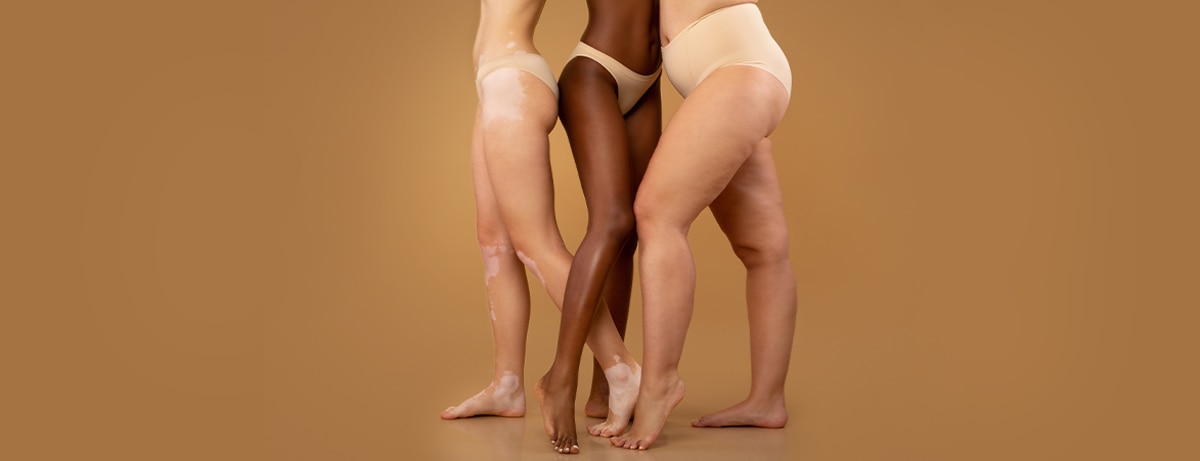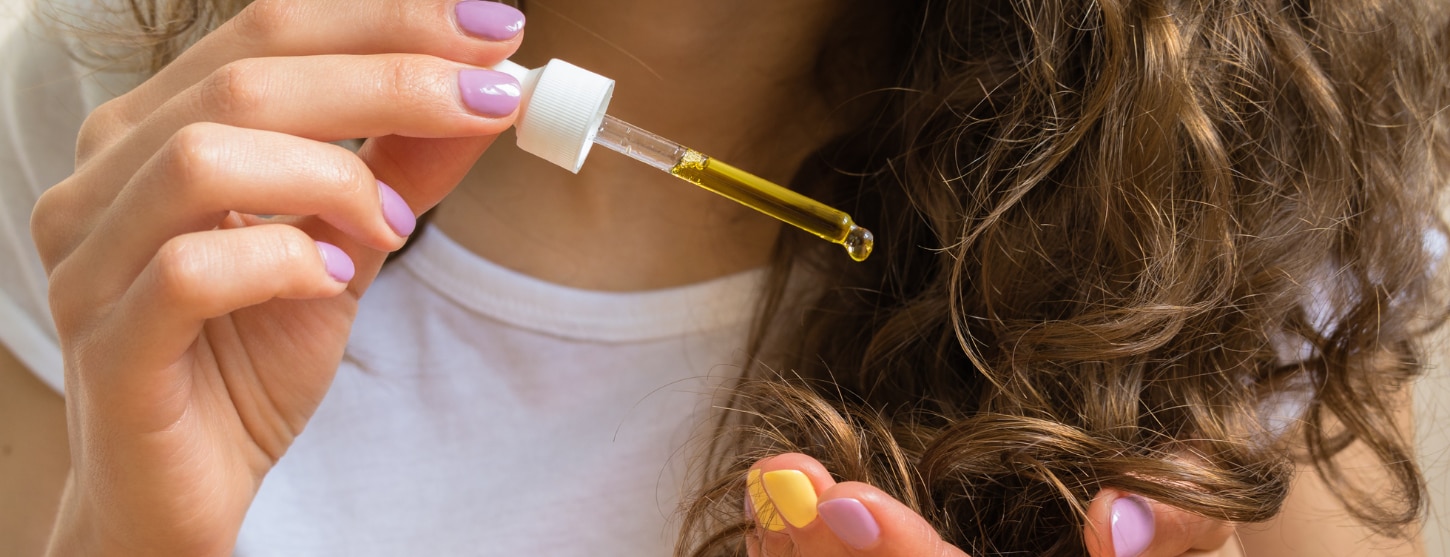15% off €25
Code:EXTRA
Ways to help with your cellulite

Looking to get rid of those dimples on your legs? Here's our guide to help you smooth out and get rid of cellulite.
Summary
1What is cellulite?
The word ‘cellulite’ refers to the visual effect created by pockets of subcutaneous fat (the sort of fat that sits just under the skin). In between...
2Who gets cellulite?
Cellulite affects women, and much more rarely, men. This is due to the differences in the anatomy between the male and female body. Women naturally...
3What you can do to reduce cellulite
The truth is, cellulite isn’t something you can easily exercise, diet or exfoliate away. Having said that, a multi-pronged approach is likely to...
The first thing to be clear about is that cellulite is natural, harmless and incredibly common. In fact, around 85% of women have it.1 It doesn’t bother some people at all. Some people don’t like their cellulite and want to get rid of it – which is fine, too.
What is cellulite?
The word ‘cellulite’ refers to the visual effect created by pockets of subcutaneous fat (the sort of fat that sits just under the skin). In between these fat pockets are tiny, tough, fibrous cords of connective tissue which anchor the fat pockets under the skin, giving structure and bounce. This also accounts for the dimpling effect – also known as the ‘orange peel’ look.
It’s important to know that subcutaneous fat is vital for the healthy functioning of the human body. Having too much or too little can have negative health consequences, but subcutaneous fat itself is not a bad thing.
Who gets cellulite?
Cellulite affects women, and much more rarely, men. This is due to the differences in the anatomy between the male and female body.
Women naturally have more subcutaneous body fat, which tends to accumulate around the hip area. This is because women have more, and larger, fat cells there. Women’s connective tissue cords are also thought to be structured differently to those of men, leaving women more susceptible to their fat pockets taking on that dimply effect.
Cellulite is most commonly found on the hips, thighs and bum, and in some cases the stomach and upper arms. Cellulite is somewhat hereditary in women – you’re more likely to have it if your mother and grandmother did.
What you can do to reduce cellulite
The truth is, cellulite isn’t something you can easily exercise, diet or exfoliate away. Having said that, a multi-pronged approach is likely to yield visible results.
Certain things, such as a sedentary lifestyle and a poor diet, make cellulite appear much worse. So, if you’re serious about reducing your cellulite, be prepared to make some changes before you see any improvement.
We suggest a combination of the following:
A balanced diet including lots of fruit and vegetables, whole grains and healthy fats is the best place to start. This will ensure your liver and kidneys (the organs responsible for detoxifying) are working at their best, and the amount of subcutaneous fat you have stays in proportion to your height and body type.
Avoid trans fats and added sugars as much as possible. These promote inflammation which negatively affects the health of the skin fibres and connective tissues over time.
Fluid retention makes cellulite appear more pronounced, so don’t eat salty, processed foods, tinned soups, ready-meals or takeaways.
An outcome of exercise is fat loss – which means there’s less fat to fill the pockets under your skin. This can reduce some of the dimpling effect. However, although excess body fat does contribute to cellulite, simply losing weight won’t melt it away.
Also, be mindful that rapid fat loss in the absence of a nourishing diet can leave you without muscle tone and sagging skin, especially if you’re older.
Strength training (such as squats and lifting weights) is the best for losing excess fat while improving muscle tone. This combination will help you maintain low body fat and strong muscles and connective tissues.
Don’t worry if you’re not a gym buff – just twenty minutes resistance training 3 – 5 times per week is enough to make a real difference. Here are some easy exercises you can do at home.
Poor circulation is a contributory factor to severe cellulite. If you sit in an office chair or car seat most of the day, you’re likely to benefit from dry brushing, which gives sluggish circulation a real boost.
Further, it stimulates the lymphatic drainage system, helping your body rid itself of waste products and fluid retention from cells.
Invest in a natural bristle body brush. Beginning at the ankles, brush in sweeping motions up the legs, thighs and bum, towards the heart for at least 5 minutes.
Start to incorporate a quick dry brush into your daily routine. The morning is ideal- but if you don’t have time on a morning then the evening is fine.
Certain creams can help the appearance of cellulite. The most effective anti-cellulite creams on the market include caffeine and retinol.
- Caffeine promotes blood flow to the skin and helps drain fluid retention, which makes cellulite appear worse.
- Retinol, a derivative of vitamin A, works to increase cell turnover and stimulate collagen in the skin. This can help to smooth the skin and improve a bumpy appearance.
Remember - creams only improve the appearance of cellulite as topically applied products can’t penetrate deep enough through your skin’s layers to make any permanent changes.



